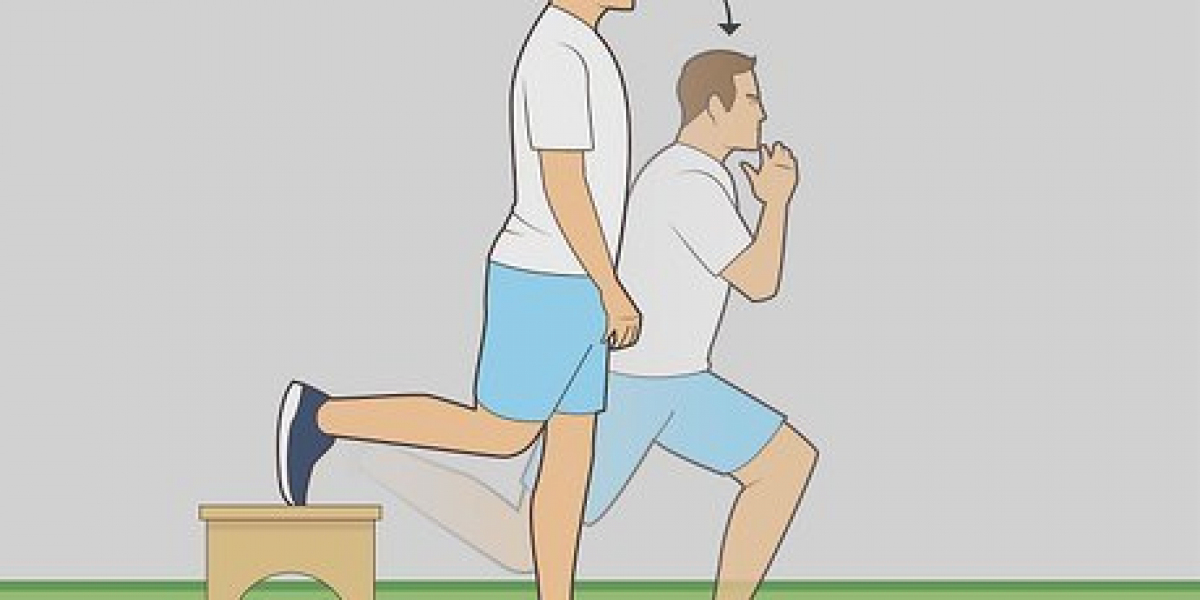If you're looking to elevate your football game, mastering running back training is essential. Running backs are some of the most explosive and dynamic players on the field, requiring a unique blend of speed, strength, agility, and vision. Whether you're a beginner or a seasoned athlete, a tailored running back training regimen can significantly improve your performance and make you unstoppable on game day.
In this comprehensive guide, we'll cover the best running back drills, strength training techniques, speed workouts, and agility drills to help you become a top-tier back.
Why Running Back Training Matters
The running back position demands more than just raw athleticism. A well-conditioned RB needs:
- Explosive acceleration
- Lateral agility
- Strong core and lower-body power
- Excellent hand-eye coordination
- High football IQ and field vision
With the right football running back training program, you can build all of these skills and more.
Key Elements of Running Back Training
1. Speed and Acceleration Workouts
Speed is a game-changer for running backs. These drills help improve your burst and breakaway speed:
- Sled Pulls – Boosts acceleration and power.
- Hill Sprints – Enhances stride strength and explosive speed.
- Resisted Sprints – Improves top-end speed mechanics.
Pro Tip: Focus on short, high-intensity sprints (10–40 yards) to simulate game conditions.
2. Agility and Footwork Drills
A successful RB must cut quickly, change direction, and elude tacklers. Use these drills to sharpen your agility:
- Ladder Drills – Increases foot speed and coordination.
- Cone Drills (3-Cone, L-Drill) – Sharpens your ability to change direction with control.
- Jump Cuts and Shuffle Cuts – Simulates real-game movement patterns.
3. Strength and Conditioning
Powerful legs and a strong core allow you to break tackles and drive forward. Focus on:
- Squats and Deadlifts – Builds lower-body explosiveness.
- Power Cleans – Improves total-body athleticism.
- Resistance Band Training – Strengthens hip flexors and glutes.
Don't forget: Include core exercises like planks, Russian twists, and med ball slams to increase stability and balance.
4. Vision and Reaction Training
Running backs need to process the game quickly. Try:
- Mirror Drills – Enhances reaction time by mimicking a defender.
- Visual Cues Training – Use coaches or teammates to simulate defensive reads.
5. Ball Security Drills
Fumbling is a running back's worst enemy. Strengthen your grip and focus with:
- Tug-of-War Ball Drills
- Gauntlet Runs
- High and Tight Carrying Drills
Weekly Running Back Training Schedule (Sample)
Day | Focus Area | Key Drills |
Monday | Speed + Strength | Sled pulls, squats, hill sprints |
Tuesday | Agility + Vision | Ladder drills, cone drills, mirror work |
Wednesday | Recovery / Mobility | Light jog, stretching, foam rolling |
Thursday | Power + Reaction | Power cleans, med ball slams, cut drills |
Friday | Endurance + Ball Control | Gauntlet run, shuttle drills, core work |
Saturday | Film Study / Technique | Watch game footage, practice handoffs |
Sunday | Rest | Recovery and hydration |
Nutrition and Recovery Tips for Running Backs
- Fuel Smart: Prioritize lean protein, complex carbs, and hydration.
- Rest Well: Aim for 7–9 hours of quality sleep for muscle repair.
- Stretch Often: Incorporate dynamic stretching pre-workout and static post-workout.
Final Thoughts on Running Back Training
To dominate the gridiron, you need more than just talent—you need discipline, the right strategy, and a relentless work ethic. By incorporating speed, strength, agility, and vision-focused workouts, you’ll develop into a well-rounded, explosive back that coaches can rely on.
Stay consistent, trust the process, and watch your performance skyrocket with these running back training tips.
FAQs About Running Back Training
How often should a running back train?
A balanced schedule of 4–5 training days per week is ideal, mixing strength, speed, and recovery.
What is the most important skill for a running back?
While speed is vital, vision and decision-making separate great running backs from average ones.
Can I train at home without equipment?
Yes! Bodyweight drills, hill sprints, and agility footwork exercises can be done without a gym.
Should high school running backs follow this plan?
Absolutely. This training guide can be tailored for high school, college, or even pro athletes.



